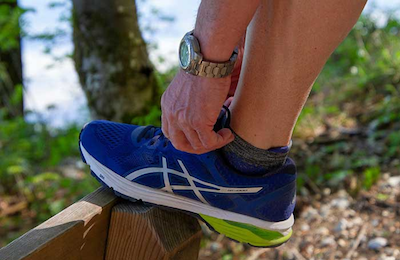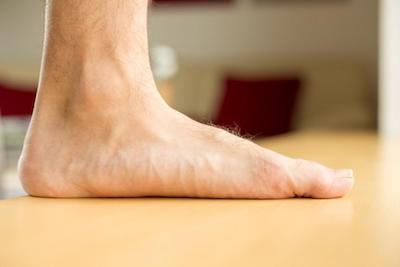Do You Have Flat Feet?
You probably already heard about flat feet. But what exactly is flat feet and, more importantly, do you have flat feet?
Flat Feet
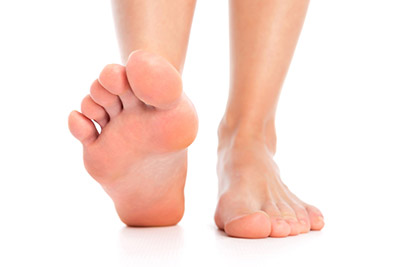
Simply put, flat feet or fallen arches is a condition on your feet that is caused by loose tendons. In case you don’t know, about 25% of Americans have flat feet. However, most people don’t even experience any symptoms or problems related to this condition.
Discover everything you need to know about cross training shoes.
Unfortunately for some people, flat feet can cause foot pain knee pain, Achilles tendinitis, shin splints, and plantar fasciitis.
One of the things that you need to know about flat feet is that some people tend to develop them with age, damage in the foot tendons, or because of an illness or injury.
How Can You Tell If You Have Flat Feet?
In case you are experiencing some foot pain and you don’t know what is causing it, you need to ensure if you have flat feet.
In order to determine it, you need to know that there are many different tests that you can perform on your own.
Discover the best cross training shoes for flat feet.
#1: The Footprint Test:

The next time you go to a swimming pool, you can do this simple test. All you need to do is to look at your footprint on concrete when you get out of the water.
In case you have high or normal arches, you should be able to see the toes, the ball, and the front of your foot joined to the heel by a strip. This strip should appear on the outer edge of your foot.
- When you have a high arch, the strip should connect the front of your foot with the heel.
- When you have a normal arch, the strip should be about half the width of the front of your foot.
- When you have fallen arches or flat feet, the strip should be the same width as the front of your foot. This will seem like a stretched out pancake.
Looking for cross trainers for flat feet?
#2: Look At Your Shoes:
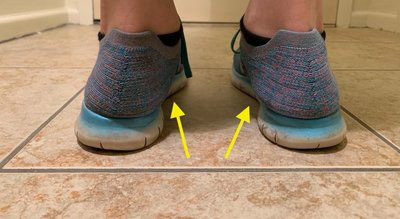
Another simple test you can perform to determine if you have flat feet is to take a closer look at your shoes.
Just grab some shoes that you wear frequently and place them on a flat table. Check the out from behind to see if the sole is worn evenly.
If you notice that the inside of the sole is more worn, this means that you have flat feet. This can be more evident in the heel area.
#3: Seeing Too Many Toes:
To perform this test, you should stand with your feet parallel. You should ask a friend to stand behind you and take a look at your feet from behind.
If you have normal feet, your friend should only be able to see your pinky toe from behind. In case you have flat foot, he may be able to see your fourth and, on some occasions, your third toe as well.
These are the top cross training shoes for flat feet in 2019.
#4: Testing Your Tiptoes:
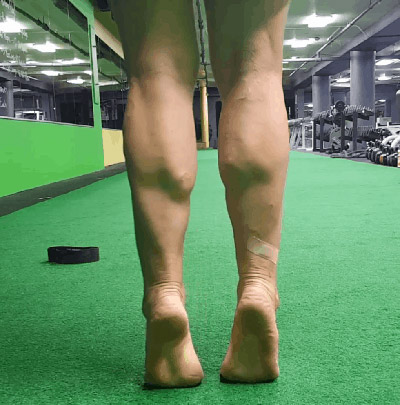
If you just tested your feet and determined that you have flat feet, this doesn’t mean that you’re going to have problems. So, it is time to test your tiptoes to discover if you have flexible flat feet. If you do, this means that you are less prone to flat feet problems.
#5: Medical Tests:
If you just did the tiptoes test and you discovered that you have rigid flat feet, you should check a podiatrist. In this case, he may recommend you to do a CT scan to check your bones or an MRI scan to check your tendons. He may also ask for an x-ray of your foot.

